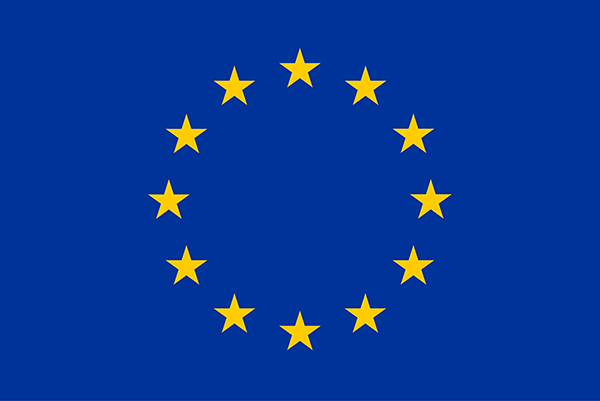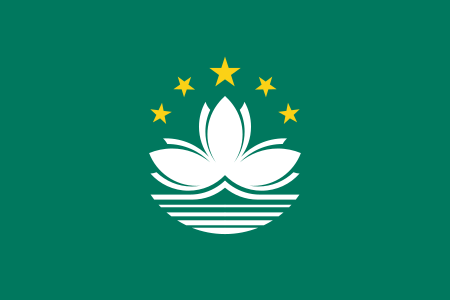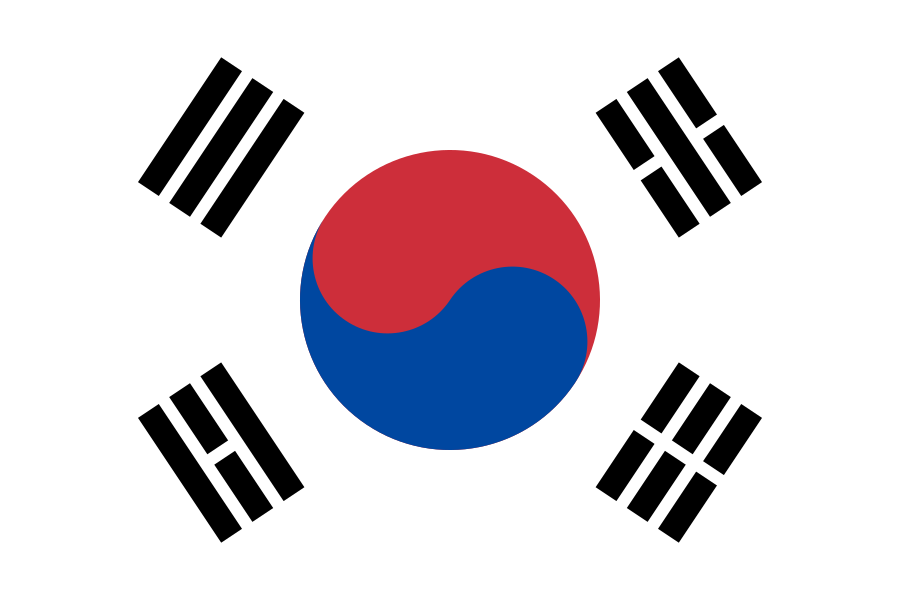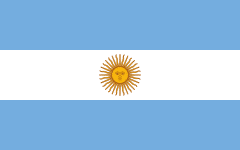- Industry
- Region
- Country / Region
On 20 November 2024, the European Parliament and the Council of the European Union published Regulation (EU) 2024/2847 entitled "horizontal cybersecurity requirements for products with digital elements and amending Regulations (EU) No 168/2013 and (EU) No 2019/1020 and Directive (EU) 2020/1828 (Cyber Resilience Act) ". The regulation sets out the rules and requirements to ensure the cybersecurity of these products, as well as the rules of market surveillance.
The regulations came into force on December 10, 2024 and will be implemented from December 11, 2027.
Click on this link to view the original regulation.
On 19 November 2024, the European Commission notified on the WTO website of the Commission's draft regulation, which will replace Commission Regulation (EC) No. 2019/1782. The regulations intend to introduce the following changes:
- Expand the scope of application to include wireless chargers and battery chargers for general-purpose portable batteries, taking into account interoperability requirements;
- Introduce standby power consumption limits for wireless chargers and wireless charging docks;
- Expand the scope of application to include USB Type-C cables to limit their energy loss and inform consumers of the maximum power supported;
- Removal of the definition limit for EPS with output power below 250 W;
- Require the EU "Universal Charger" logo to be affixed to USB Type-C chargers to inform consumers of their interoperability; Manufacturers can also use other colors (inverted colors in the picture below, or black and white, etc.);
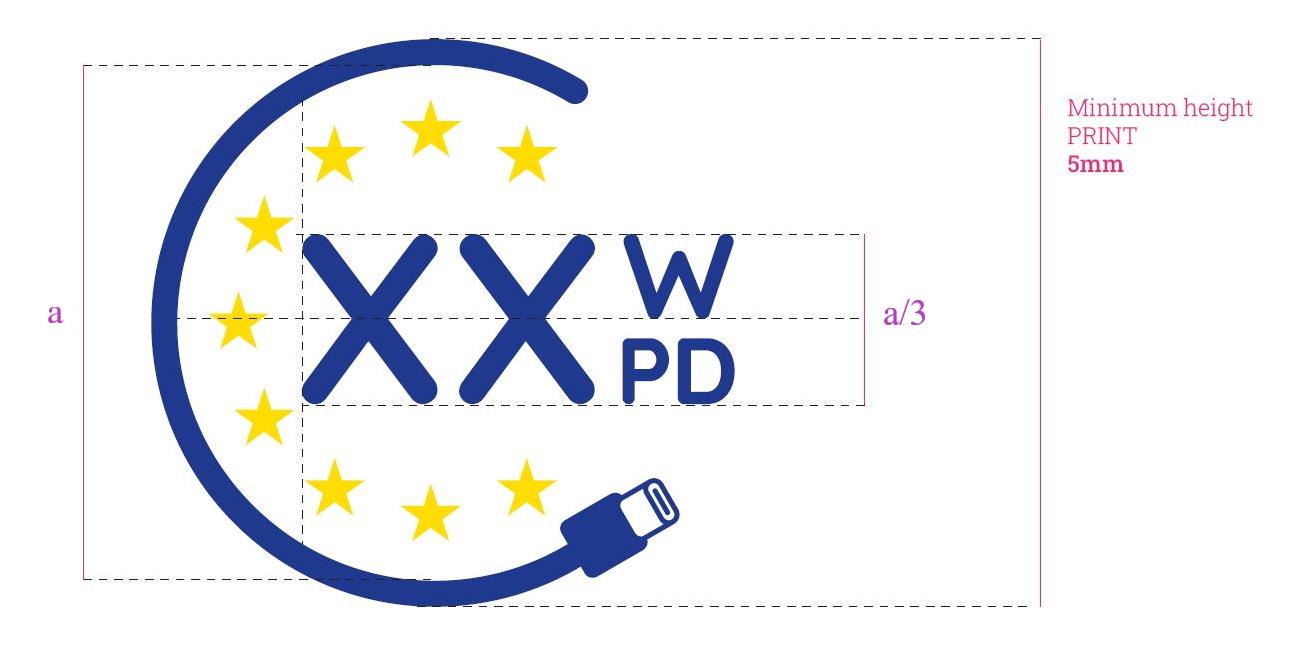
- Requires the USB Type-C charger to use a detachable cable and label the supported power on each port;
- USB Type-C chargers as a general requirement for EPS to cover a range of products not covered by the Radio Equipment Directive to maximize interoperability;
- Exclude certain EPS from interoperability requirements (including EPS used in wet conditions, EPS used with toys, most power tools, etc.);
- the minimum threshold for improving energy efficiency;
- Introduce a minimum efficiency threshold at 10% load;
- introduction of output power performance requirements;
- Clarify the test conditions (especially the adaptive power supply);
- USB Type-C and USB PD power supplies need to be tested without cables, and specific cable correction factors need to be introduced to ensure fair competition between interoperable EPS.
The expected adoption date of the regulation is Q3 2025, with a tentative entry into force date of 20 days from the date of publication in the Official Journal of the European Union, with enforcement three years after the date of entry into force.
Click on this link to view the EU's draft published on the WTO TBT website, with a deadline of 60 days from the date of notification.
On November 14, 2024, the National Broadcasting and Telecommunications Commission (NBTC) of Thailand issued an announcement to update the technical standard for telecommunications equipment and radiocommunication equipment using the frequency band 5.925-6.425 GHz, with the new standard number NBTC TS 1039-2567, replacing the old standard NBTC TS 1039-2566.
Previously, NBTC only accepted the FCC 15.407 test report in the 5.925-6.425 GHz band. Customers can now use the EN 303 687 test report to submit a type approval request within this frequency band. The new technical standard came into force on November 15, 2024.
Click on the this link to view the original text of the announcement and the updated standard.
On November 13, 2024, the U.S. Federal Communications Commission (FCC) officially published the regulation numbered 257122 on the Federal Register website, with an effective date of December 13, 2024. The regulations specify the following requirements for 100% HAC compliance:
- By December 14, 2026, from the perspective of standard, newly certified and modified products must comply with existing HAC2019 standards. The HAC ratio requirement is still 85%;
- After December 14, 2026, the product shall:
- should meet the volume control requirements;
- Should comply with acoustic coupling requirements (RF emission);
- It shall meet the T-Coil coupling requirements or Bluetooth coupling requirements, of which the T-Coil coupling requirements shall not be less than 85%, and the rest shall meet the Bluetooth coupling requirements;
- From December 14, 2026 to December 12, 2028, Bluetooth coupling can be a proprietary or universal Bluetooth protocol; After December 12, 2028, only low-power-based universal Bluetooth protocols can be used.
The regulations have indefinitely postponed the requirements for new QR code labels and the filling requirements for FORM855.
Click this link to view the original text of the regulations on 100% HAC on the federal release website.
Innovation, Science and Economic Development Canada (ISED) clarified at the TCBC workshop that ISED considers 802.11ax and 802.11be to be two different technologies and therefore need to be evaluated separately. TCBC members provided data to ISED to support the similarity of 802.11ax and 802.11be. After reviewing the data, the ISED stated that the full RU test of 802.11be was accepted as a proxy for 802.11ax with the same power meter, but any special RU configurations would need to be evaluated separately. TCBC sent a letter to TCBC members on November 13, 2024 to make the above statement.
On 13 November 2024, the Eswatini Communications Commission (ESCCOM) issued Circular No. 12/2024 proposing to commence the retirement of 2G and 3G mobile communications networks in Eswatini. The notice proposes to retire 2G technology on or before December 31, 2026, and 3G technology by December 31, 2028, as well as to prohibit the import into Eswatini of devices that only support 2G and 3G and type approval of such equipment from December 31, 2024.
Click on this link to view the original public consultation. The deadline for comments is 9 December 2024.
On November 11, 2024, the Macao Special Administrative Region issued Law No. 21/2024. This new law allows CTT to exempt terminal devices using mobile networks, such as mobile phones, tablets or other devices using SIM cards, from the need for a license and type approval, in addition to the existing exemptions for low-power equipment (LPD) and short-range equipment (SRD). The law goes into effect on January 1, 2025.
Click on this link to view the original law.
On 8 November 2024, the Electronic Communications Commission (ECC) of the European Conference of Postal and Telecommunications Administration (CEPT) launched two public consultations:
- Draft CEPT Report 089 - "Report from CEPT to the European Commission in response to the Mandate to develop harmonised technical and operational conditions for the usage of non-active antenna systems aerial terminal stations in EU-harmonised frequency bands for terrestrial systems capable of providing electronic communications services ";
- Draft revisions to ECC decision (06)01 - "The harmonised utilisation of the bands 1920-1980 MHz and 2110-2170 MHz for mobile/fixed communications networks (MFCN) including terrestrial IMT systems".
Click on this link to view the original public consultation, and the comment period is until 20 December 2024.
On November 8, 2024, the Ministry of Science and ICT (MSIT) of the Republic of Korea announced on the WTO website the technical standards for charging and data transmission methods for broadcast communication equipment such as mobile devices and smart devices, and on November 26, 2024, an update to the circular was published on the WTO website (only editorial changes were made to Note 3, 4 and 5).
The technical standard requires that the following devices must be equipped with USB-C connectors: mobile phones, tablets, digital cameras, headphones, headsets, portable video game controllers, portable speakers, e-book readers, keyboards, mice, portable navigation devices, earbuds, laptops. The scope of the device is in line with the Universal Charger Regulation (EU) 2022/2380 implemented by the European Union. The technical standard will come into effect on February 14, 2025, and laptops will require a USB-C port from April 1, 2026.
Click on this link to view the original WTO Circular issued on 26 November 2024.
Following the issuance of Resolution No. 237/2024 by the National Technical Regulatory Agency (DNRT) of Argentina on August 30, 2024, the DNRT issued Provision No. 1/2024 on November 7, 2024. The provision highlights the implementation of Resolution 237/2024 and states that until it becomes mandatory on 28 March 2025, users can use the existing label or the QR code in Article 3.3 of 237/2024. In the attachment to the clause, the specific requirements for QR code labels are also given, examples as follows:
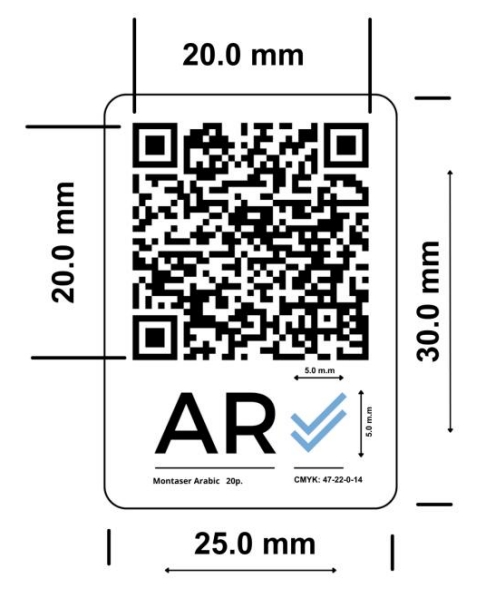
Click this link to view the original text of Provision 1/2024.
